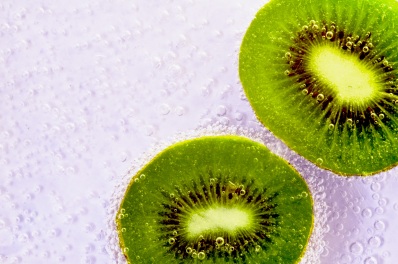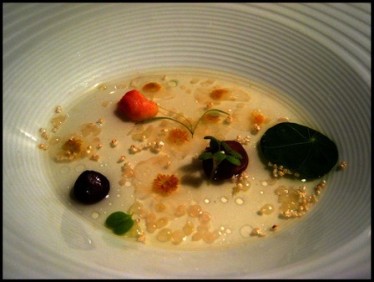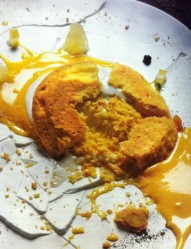
On November 27, 2016, my family went to VN Pho for dinner on the way back from Florida. There we found a challenge of epic proportions: 4.5 pounds of food. The VN Pho challenge costs 20 dollars and only requires 30 minutes. If you finish it, you end up on the wall of fame. If not, then you end up on the wall of shame. Three fellow competitors and I decide to try to tackle the monster. It did not go well for any of us. The soup destroys its competitors through some very sneaky science, specifically through physics and psychology.

A first look at the bowl provides one of the scariest sights. This first psychological impact usually reduces the morale of a competitor as the sheer size of the bowl deters competitors. The longer the challenge goes on, the diminishing returns create a greater negative impact. Diminishing return usually refers to the happiness one receives buying or consuming a product which usually goes down as you get more of it such as eating your favorite food everyday.. This may even lead to a negative outcome as you become disgusted eventually. The psychology of food works against the competitor especially with food challenges .
The physics of a food challenge only apply to this VN Pho food challenge as it is a noodle soup. Overtime, the noodles in the soup continue to cook in the hot broth. Al dente rice noodles have a slightly gummy texture to the noodle, while overcooked noodles have a soft texture. In Vietnamese pho, the presence of bean sprouts and other vegetables provides a contrast of textures. The pho challenge did not feature any contrasting textures, which leaves all the food with the same texture. As time goes on, the noodles become mushy and too soft to enjoy anymore.
Similarly to physics of the noodles, the beef in the pho challenge also has the same texture as the noodles which creates an undesired effect of chewing on soft food. In this case though, the beef was not tender which increased the amount of chewing. Eventually, I could feel my jaw becoming tired the longer the challenge went on with the excessive amount of chewing. This would decrease the rate of consumption.

After the challenge, I indeed felt tired after the failed attempt. One punch to the gut would have ended me. My picture will now forever stay on the wall of shame until I finally succeed. I did finish the most out of all 4 competitors that day, but the challenge obliterated us in the end. I will return some day to battle the soup once more and claim my glory.











 cooking for the every day cook. The machine works by heating water in a container to a certain temperature. The cook only has to put a portion of protein in the sous vide bath and the machine cooks your food to whatever desired temperature. The machine guarantee perfectly cooked protein and vegetables. Some professional chefs find that extremely lazy and criticize molecular gastronomy. Other chefs praise the simplicity and ease of these new devices. Herve This points out that this is technically not molecular gastronomy as there is a difference between culinary technology and culinary science (This, 2013).
cooking for the every day cook. The machine works by heating water in a container to a certain temperature. The cook only has to put a portion of protein in the sous vide bath and the machine cooks your food to whatever desired temperature. The machine guarantee perfectly cooked protein and vegetables. Some professional chefs find that extremely lazy and criticize molecular gastronomy. Other chefs praise the simplicity and ease of these new devices. Herve This points out that this is technically not molecular gastronomy as there is a difference between culinary technology and culinary science (This, 2013).
